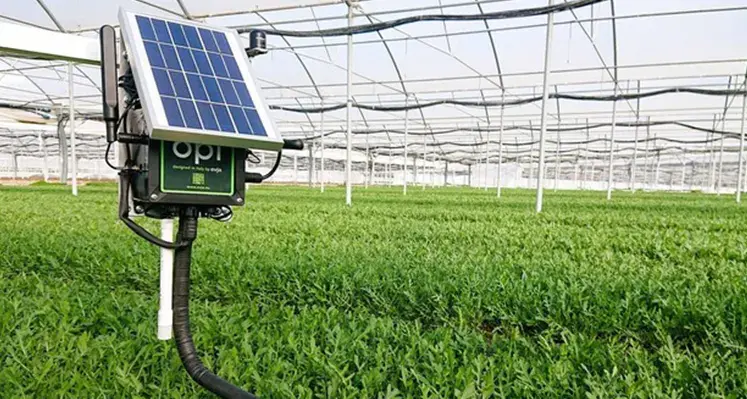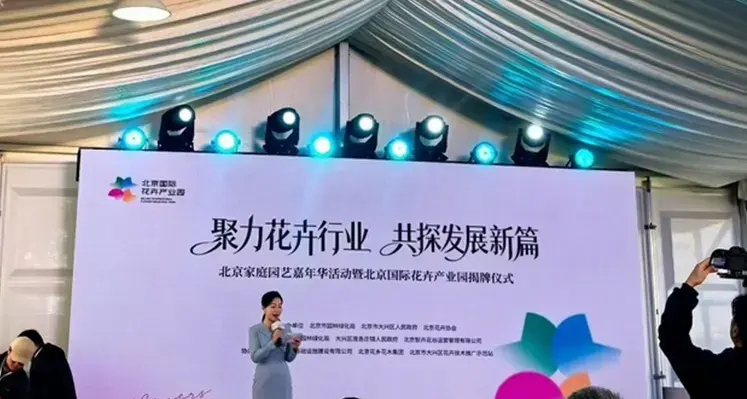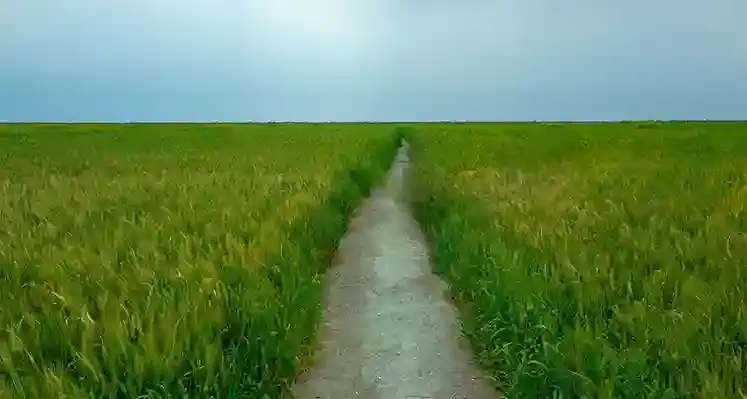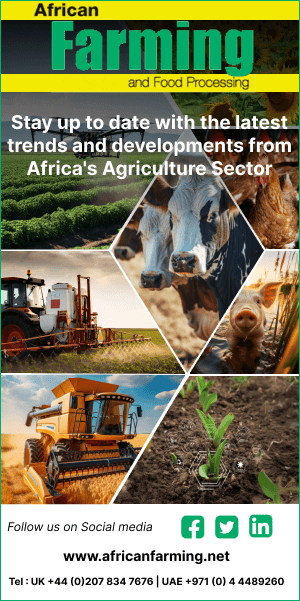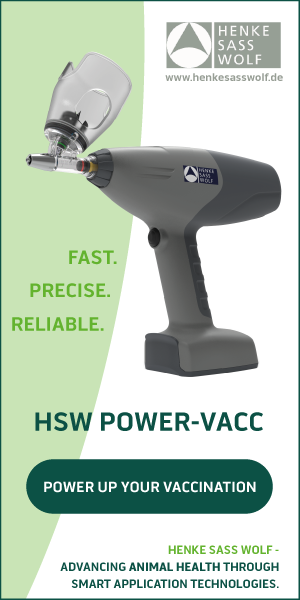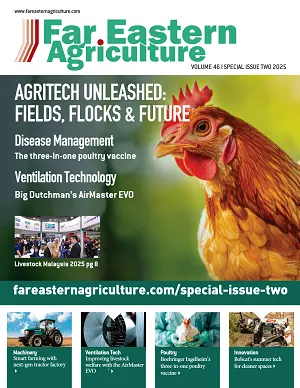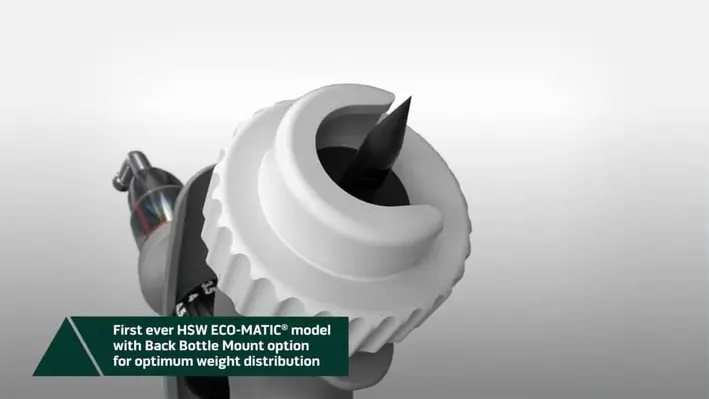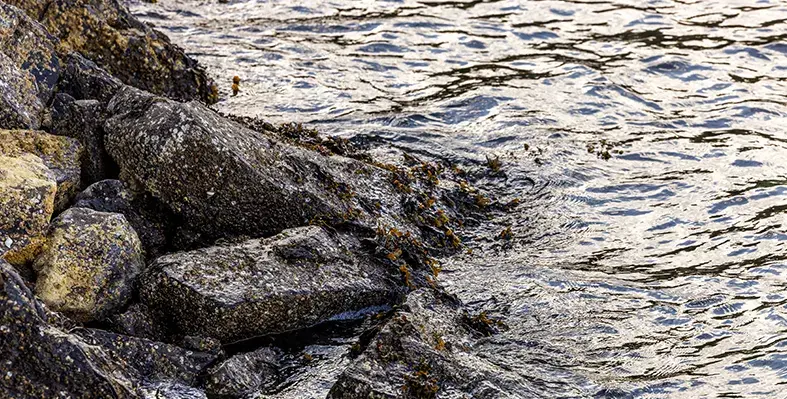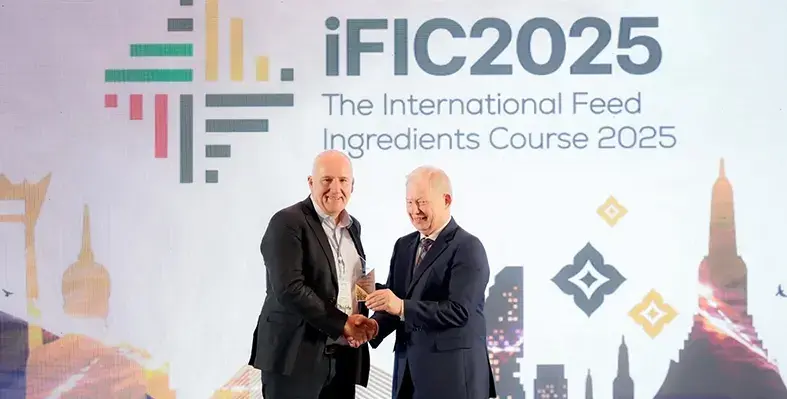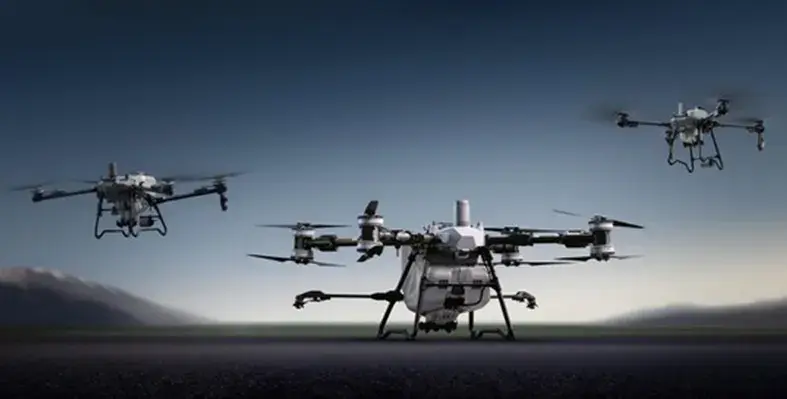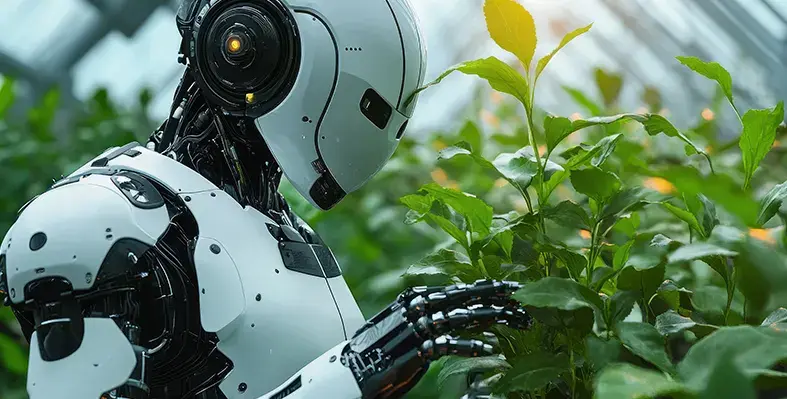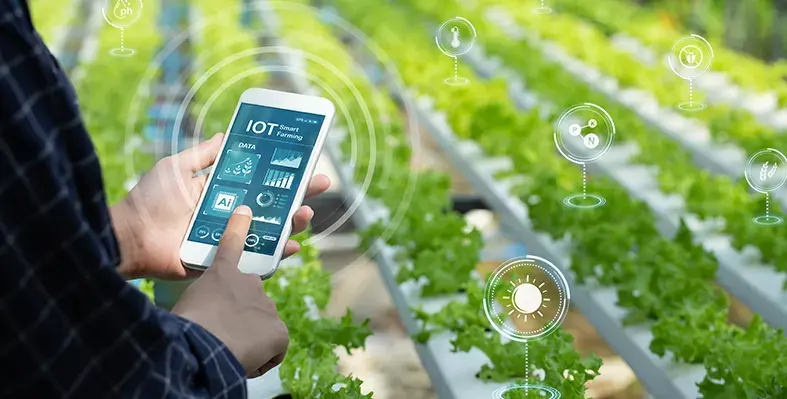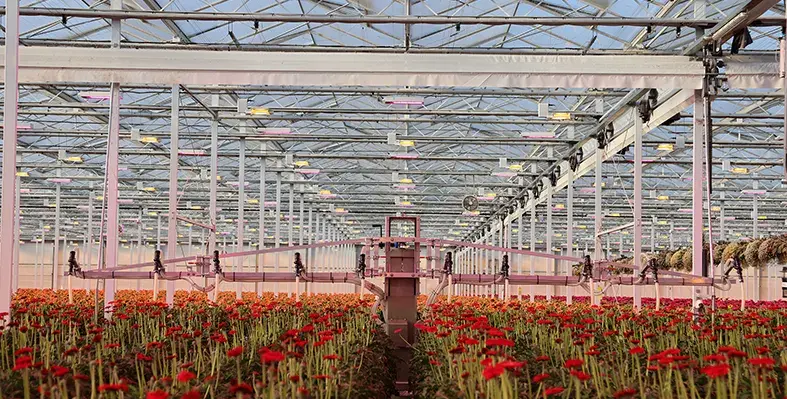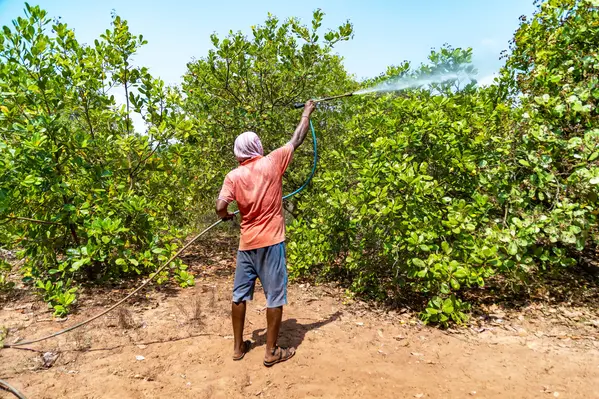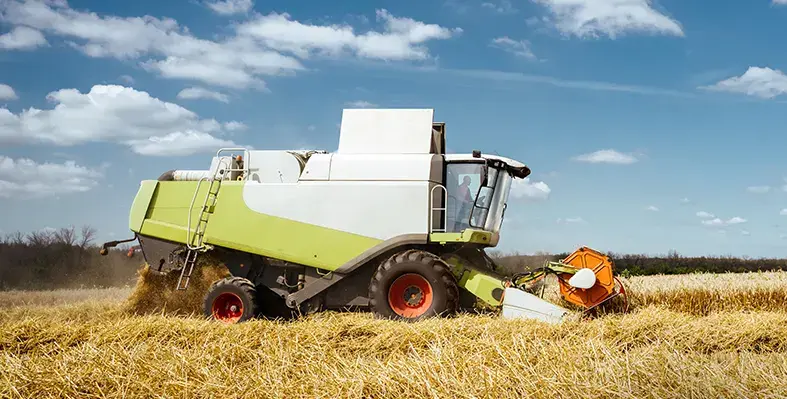As global pressure mounts to phase out refrigerants with a high Global Warming Potential (GWP), the horticulture sector is rapidly adapting to more sustainable climate-control technologies.
Bimco Holland is responding to this shift with the launch of its latest innovation, the Bimco-4Eco — a compact dehumidification unit designed to meet future environmental regulations while delivering major energy savings for growers.
The refrigerants landscape is evolving quickly, and products with high GWP values are increasingly under scrutiny. According to Bimco Holland, it is only a matter of time before such refrigerants are fully phased out. This reality prompted the company to develop the Bimco-4Eco, for which a patent has already been filed.
“It is a compact, easy-to-install unit, designed with upcoming regulations in mind,” said sales manager Joost de Goeij. “With a GWP of just 4.5 and the natural refrigerant R290, the 4Eco is completely future proof.”
The Bimco-4Eco replaces the earlier Bimco-4E model, which operated on R407C. The new system instead uses R290 — commonly known as propane offering a significantly lower environmental footprint. Joost highlights another key benefit: “Because we use R290 and only a small amount of refrigerant, the legally required yearly leakage check is no longer needed, which saves growers both money and administrative hassle.”
Designed specifically for modern greenhouse operations, the Bimco-4Eco focuses on practical performance and flexibility. Bimco recommends installing multiple compact units per greenhouse section rather than relying on a single central system. This approach improves air distribution and creates a more uniform growing climate. “By placing multiple compact units rather than one large central machine, the greenhouse climate becomes far more uniform. This helps prevent wet corners and cold spots.”
Operating at a modest noise level of 63 dB, the unit delivers a soft, horizontal airflow to avoid overdrying around the machine. Weighing approximately 140 kilograms, it can be installed easily without cranes or major structural adjustments, fitting neatly between gutters, walkways or above technical rooms.
Beyond sustainability, the Bimco-4Eco delivers measurable performance gains. “By treating moisture internally instead of relying on cold outside air, growers can save up to 50 percent energy compared to traditional heating and venting, especially when combined with good screen management,” said Joost.
The unit also supports better disease control, improved crop uniformity and higher yields. Growers may also be eligible to apply for an EG subsidy, further enhancing the technology’s appeal.





